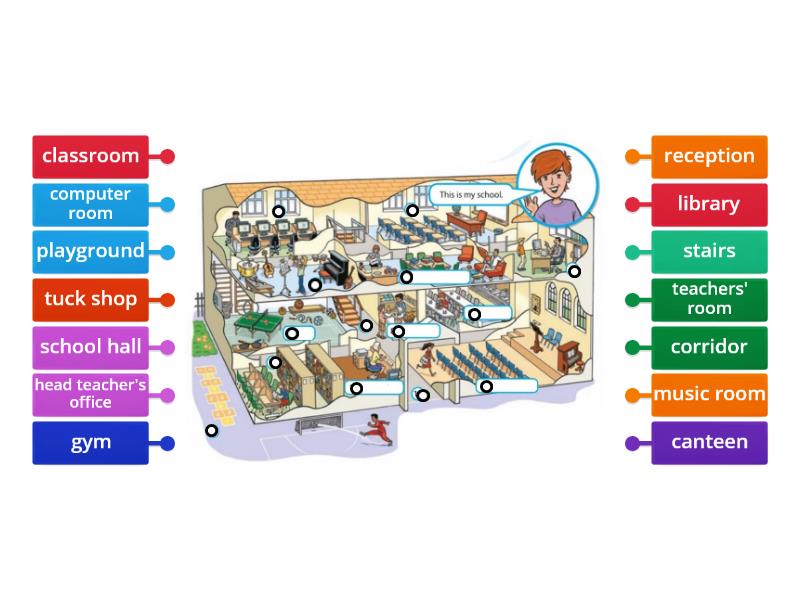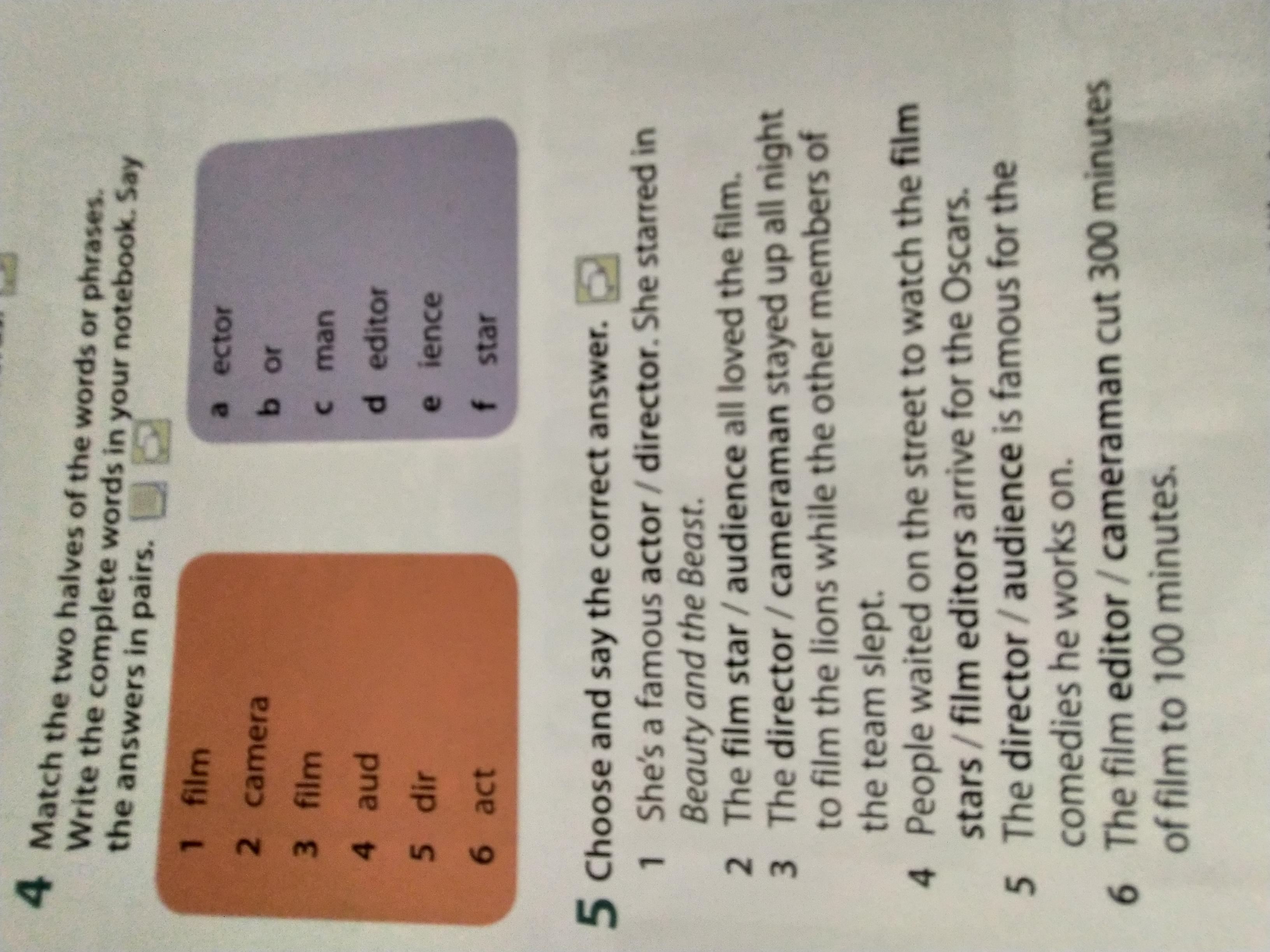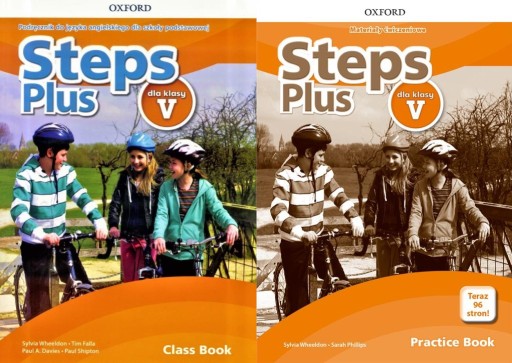Unit 3 of Steps Plus Class 5 focuses on food and drinks. It introduces vocabulary related to different meals and snacks. The unit also deals with expressing preferences and quantities. It also presents basic grammar points.
Vocabulary and Language Focus
The core vocabulary revolves around various food items. Encourage pupils to use flashcards with pictures. Introduce terms like fruit, vegetables, meat, and dairy. Games like "I spy" using classroom objects that represent food can be helpful.
Expanding beyond simple nouns is key. Include adjectives to describe food (e.g., sweet, sour, salty). Use realia (actual food items if possible) to enhance learning. This helps create multi-sensory experiences.
The unit likely introduces phrases like "I like..." and "I don't like...". Practice these extensively with choral repetition. Pair work where students ask each other about their food preferences is effective. Use visual aids to reinforce understanding.
Grammar Point: Countable and Uncountable Nouns
A crucial element is distinguishing between countable and uncountable nouns. Explain that countable nouns can be singular or plural (e.g., apple, apples). Uncountable nouns are treated as singular (e.g., milk, rice). Providing clear examples is paramount.
Use visuals such as drawings or photographs to show the difference between what you can count individually and what you cannot. Explain that we use "a" or "an" before singular countable nouns. Avoid complex grammatical jargon. Keep it simple.
Introduce the words "some" and "any" in relation to countable and uncountable nouns. "Some" is often used in positive sentences. "Any" is frequently used in questions and negative sentences. Provide sentence-building exercises.
Quantifiers: How Much/How Many
This unit introduces "How much" and "How many". "How much" is used with uncountable nouns (e.g., "How much milk is there?"). "How many" is used with countable nouns (e.g., "How many apples are there?"). Practice these questions frequently.
Use visual prompts to facilitate question formation. Show a picture of a carton of juice and elicit, "How much juice is there?". Use readily available classroom objects like pencils to create "How many pencils are there?" prompts. Repetition is vital.
Avoid overwhelming pupils with too many rules at once. Focus on practical application through games and activities. Short dialogues are invaluable. Simple scenarios can make the concepts more accessible.
Common Misconceptions
Pupils often struggle with the concept of uncountable nouns. They may try to count items like rice or sugar individually. Emphasize that these are measured in amounts, not individual units. Visual aids that show the difference clearly can help.
Confusing "some" and "any" is a common error. Students might use "some" in questions or "any" in positive sentences. Practice distinguishing these with targeted exercises and clear explanations. Regularly review and correct these mistakes during activities.
Another frequent mistake is incorrect use of "How much" and "How many". Remind pupils to identify whether the noun is countable or uncountable before choosing the correct question word. Provide frequent opportunities for them to practice.
Engaging Activities
Create a "Food Survey" activity where pupils interview each other about their favorite foods. They can use phrases like "I like..." and "I don't like..." to express their preferences. Tabulate the results and discuss the class’s overall preferences. This fosters communication skills.
Play a "Food Bingo" game using pictures of various food items. Call out the names of the foods, and pupils mark them on their bingo cards. This activity reinforces vocabulary in a fun and interactive way. Consider awarding small, healthy prizes to the winners.
Organize a "Pretend Restaurant" activity. Pupils can take on roles such as waiters, cooks, and customers. They can use the learned vocabulary and grammar to order food and drinks. This activity encourages creative expression and real-world application.
Introduce a "Recipe Exchange" activity. Pupils can bring in simple recipes (translated into English if necessary). They can then present their recipes to the class, focusing on ingredients and instructions. This promotes cultural awareness and expands vocabulary.
Use online resources such as interactive games and videos to supplement classroom teaching. Many websites offer engaging activities related to food and drink vocabulary. Incorporate these into lesson plans to add variety and appeal to different learning styles. Select appropriate and safe websites and videos for your class.
Assessment
Assess pupils' understanding through various methods. Observe their participation in class activities. Assess their ability to use the correct vocabulary and grammar in spoken and written exercises. Regular short quizzes can help identify areas that need reinforcement.
Create a simple writing task where pupils describe their favorite meal. Encourage them to use the vocabulary and grammar learned in the unit. This provides a comprehensive assessment of their understanding and ability to apply the concepts. Focus on accurate use of vocabulary and sentence structure.
Use a listening comprehension exercise where pupils listen to a short dialogue about ordering food and answer related questions. This assesses their ability to understand spoken English and identify key information. Choose age-appropriate listening materials.


